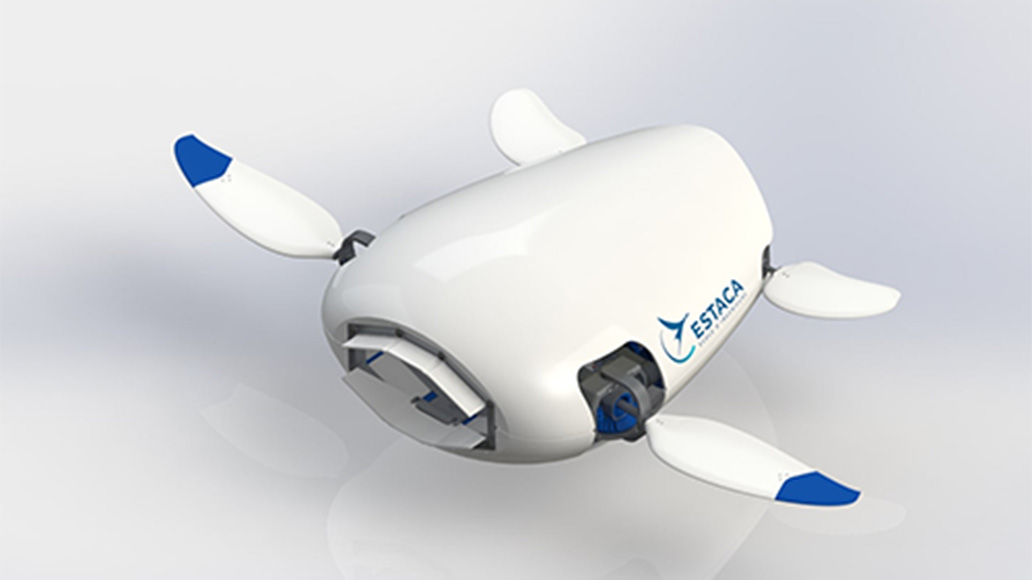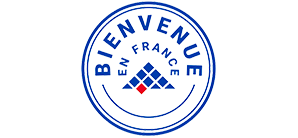ESTACA develops the first bio-inspired robot-turtle to fight against marine pollution

On the occasion of the World Environment Day to take place on Friday, June 5th, ESTACA is presenting Green Turtle, the first bio-inspired robot-turtle designed to fight marine pollution. This unique robot, developed by the students at the engineering school specialising in new forms of mobility, is designed to effectively clean up port water. Its secret? Active underwater waste recognition technology and ergonomics adapted to the marine environment. This promising technology responds to a major ecological challenge at a time when 5,000 billion pieces of plastic waste are floating in our oceans.
Nature’s positive revenge on pollution
To help in the effort to clean up the oceans, where more than 8 million tons of waste are dumped annually, ESTACA students have devised a bio-inspired technology that makes it possible to track waste in the aquatic environment. With its unique design that closely mirrors the physical characteristics of a turtle, the Green Turtle robot moves smoothly and agilely, perfectly suited to the mission of collecting moving waste. The students designed the device with the intention of installing it in ports to avoid any unwelcome contact with natural predators of the turtle, and even swimmers, while operating as close as possible to places where human pollution can be found.
Technological innovation at the heart of this environmental project
The technology developed by ESTACA students allows the robot-turtle to track waste in the aquatic environment and collect it in an intelligent, agile and energy-saving way. The size of the robot-turtle enables it to collect 50 litres of waste. It moves back and forth to a docking system where it spits out what it has collected, and then recharges before heading back out. An on-board sonar system is used to detect waste accurately, recognize it and collect it, once identified, without risk to the surrounding fauna. This active waste recognition and detection system is reflected in Green Turtle’s slogan: “Against pollution, the best defence is attack.” The ergonomics to mimic a turtle’s movements were both a major challenge for students and a guarantee of compatibility with the underwater environment.
Project-based learning to respond to current ecological challenges
Launched in September 2019 by the students of ESTACA’s WAVE association, the Green Turtle project aims to propose a first functional prototype in the summer of 2021. Their design follows the project-based learning that lies at the heart of the school’s educational model. By placing experimentation and practice at their heart, it allows students to experience directly the technical, technological and managerial requirements inherent in any engineering project.
As a school specialising in transport and new mobilities, ESTACA has placed the issues of environmental preservation and energy transition at the heart of its learning. For this reason, it encourages students to take part in today’s ecological challenges, using their engineering expertise to benefit large-scale, eco-responsible projects. The Green Turtle project hosted by the association WAVE specialising in maritime transport, is one example of this. In 2019, the association built a cockpit powered by renewable energies which won the Solar and Energy Boat Challenge in Monaco.













